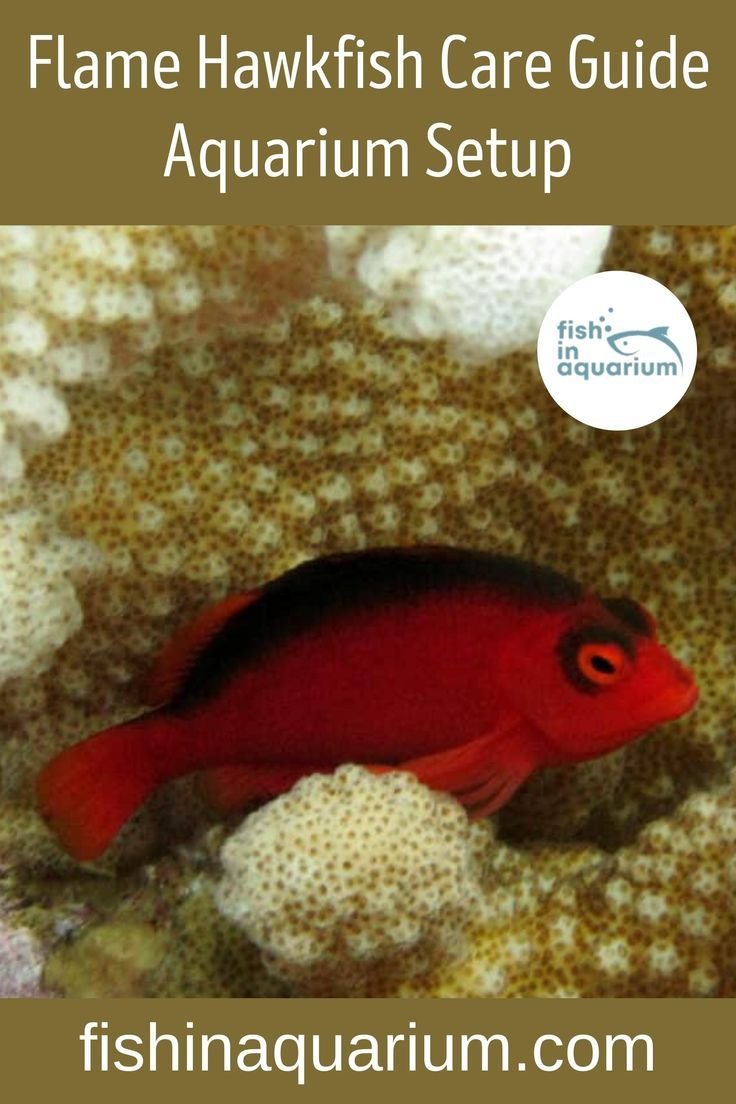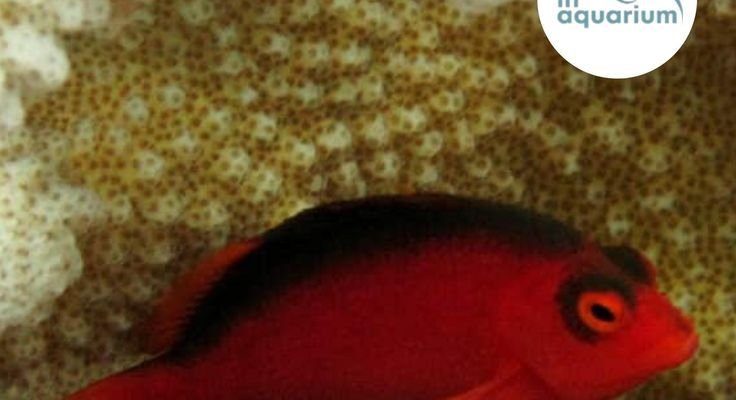
Imagine having a small, colorful bird in your living room. That’s the kind of lively energy a hawkfish brings to an aquarium. They’re not just beautiful; they’re also fun to watch as they interact with their environment and other tank mates. In this guide, we’ll explore everything you need to know about caring for a hawkfish, from tank setup to feeding habits, so you can ensure your new aquatic friend thrives.
Why Choose a Hawkfish?
Hawkfish are unique for a few reasons. First and foremost, they have distinctive appearances, with their vibrant colors and unusual body shapes. The flame hawkfish and longnose hawkfish are popular choices for aquarists. They stand out in a tank filled with corals and other marine life. You might be wondering, what makes them so special? Well, beyond their looks, they exhibit interesting behaviors. These fish are known for their perching habits, where they’ll sit on rocks or corals, keeping an eye on their surroundings like little marine sentinels.
Another reason to consider a hawkfish is their relatively hardy nature. They can adapt to various tank conditions, making them suitable for both beginners and experienced hobbyists. That said, they do require specific care to ensure they remain healthy. This is where having a good grasp of the essentials comes in handy.
Setting Up the Perfect Tank
Creating the right environment is crucial for your hawkfish. Start with a minimum tank size of 30 gallons. This gives them enough swimming space and helps maintain stable water parameters. Hawkfish can be territorial, so having a bit of room goes a long way in reducing stress.
Water quality matters, too. Aim for a temperature between 75°F and 82°F and a salinity level around 1.020 to 1.025. Regular testing and monitoring will help you catch any issues before they escalate. You want your fish to live in a happy, stable environment.
Now, let’s talk about decorations. Providing plenty of live rock is essential, as it offers hiding spots and perches for your hawkfish, making it feel secure. Plus, the rock helps with biological filtration, benefiting the overall environment. You can also add some soft corals or hardy invertebrates, but keep an eye on interactions; hawkfish can be a bit nippy.
Feeding Your Hawkfish
Feeding is one of the most enjoyable aspects of caring for a hawkfish. They’re carnivorous, so you’ll want to provide a varied diet to keep them healthy. High-quality frozen or live foods will be their best friends. Think mysis shrimp, brine shrimp, and even small pieces of fish. Here’s a simple feeding schedule to follow:
- Feed small portions 2-3 times a day.
- Alternate between frozen and live foods.
- Adding some dry pellets can also be beneficial for variety.
Hawkfish have a reputation for being greedy, so be mindful not to overfeed. It’s easy to spoil them, but too much food can lead to health problems. Keep an eye on their belly; they should have a slight curve, not a bulge!
Tank Mates for Your Hawkfish
Choosing the right tank mates is crucial for a harmonious aquarium. Hawkfish can be a bit territorial, especially towards smaller and similarly-shaped fish. It’s best to pair them with larger, more robust species. Here are some good options:
- Clownfish
- Wrasses
- Gobies
- Other hawkfish (with caution)
Avoid keeping them with overly aggressive fish or very small ones, as they may perceive them as prey. It’s all about creating a balanced community where everyone can thrive. When introducing new fish, do so gradually and observe how they interact.
Maintenance and Care Tips
Regular maintenance is key to keeping your aquarium healthy. Start with routine water changes—aim for about 10-15% weekly. This will help keep nitrate levels down and supply fresh minerals. It’s also a great time to clean any algae buildup on the glass.
Keep an eye on your hawkfish for any signs of stress or illness. Look for changes in behavior, like reduced appetite or unusual hiding. If you notice something off, take action quickly. It’s often easier to manage issues early on rather than dealing with something more serious later.
Lastly, trust your instincts. Over time, you’ll get to know your fish’s behaviors and needs, making care easier as you develop that connection.
Common Problems and Troubleshooting
Even with the best care, issues can arise. One common problem is fin rot, which can happen if the water quality is poor. If you see frayed fins or any discoloration, it’s time to act. Test your water parameters and consider a water change. Make sure you’re providing the right conditions.
Another issue is aggression. If your hawkfish starts bullying other fish, you may need to rearrange your tank’s layout, giving your other fish a fresh start and new hiding spots. Sometimes, just a small change can reduce tension.
Finally, be wary of ich, a common parasite in saltwater aquariums. It appears as tiny white spots on your fish’s body. If you see this, consider quarantine treatment for the affected fish and investigate your tank’s overall health.
Celebrating Your Hawkfish
Caring for a hawkfish can turn into a rewarding hobby. Watching their unique behaviors and colors can bring a lot of joy. You’ll grow to appreciate the little quirks that make each fish special. Remember, every fish has its own personality, and getting to know them can be part of the fun!
Creating the right environment, feeding properly, and being vigilant about their health will ensure your hawkfish leads a long, happy life. With a little effort and attention, you’ll have a vibrant aquarium that not only looks good but feels like a thriving ecosystem.
In the end, it’s about enjoying the journey as you care for your hawkfish. Each challenge is a chance to learn, and each success is a reason to celebrate. So, dive in, and let your aquarium adventure begin!

